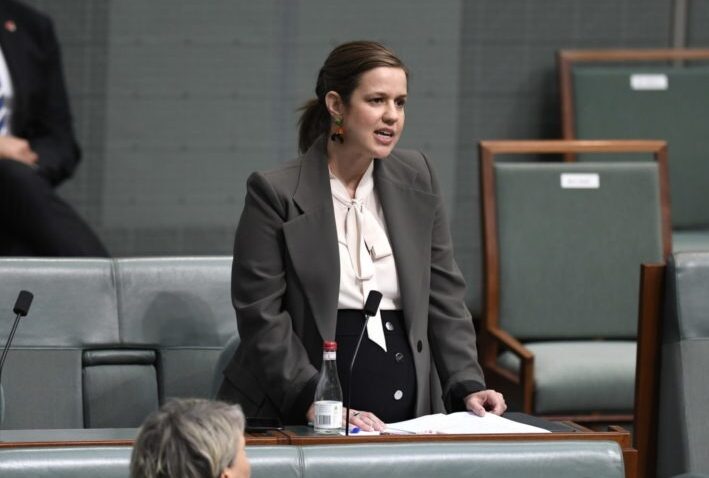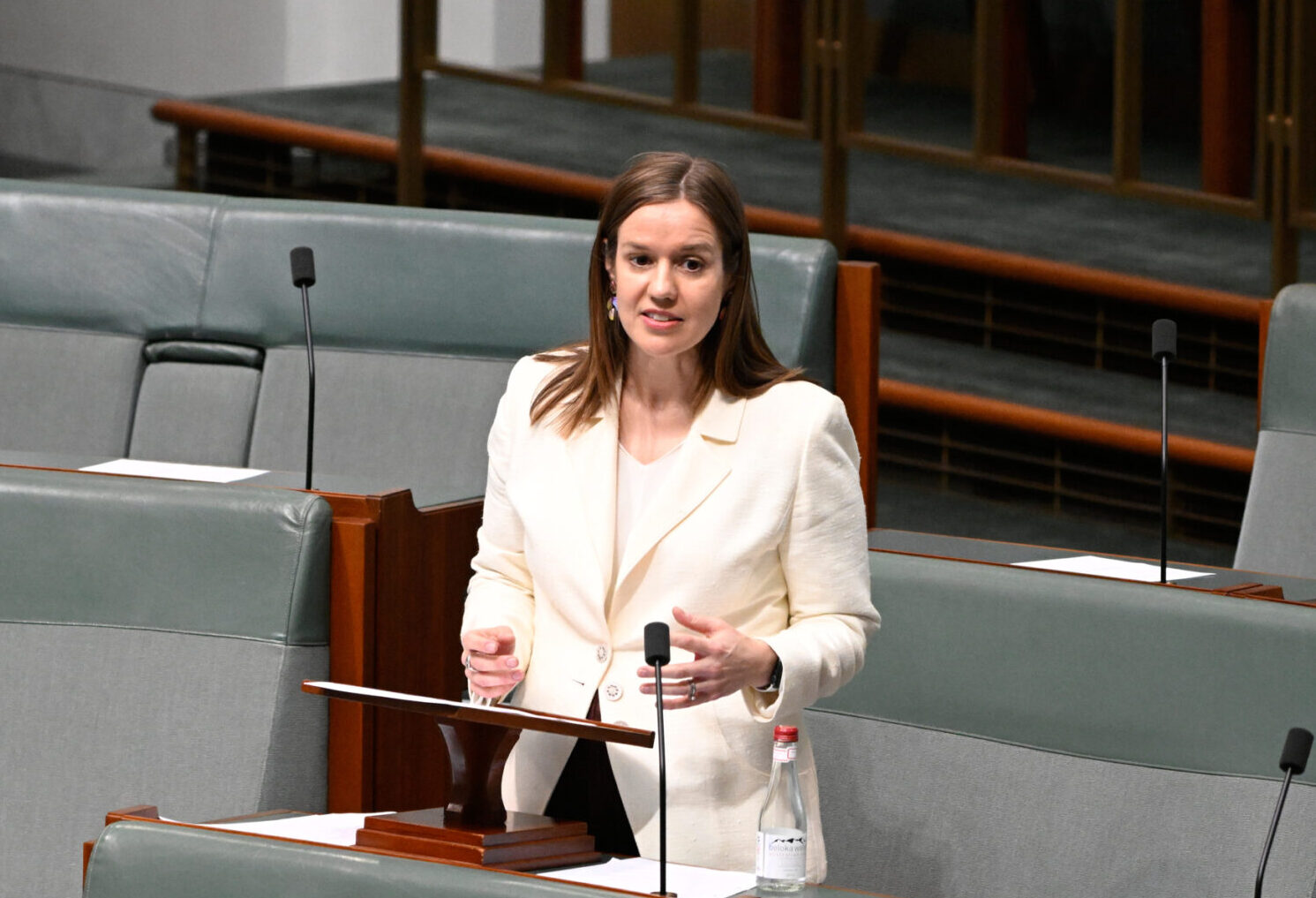Thank you to all the previous speakers on this important motion. I thank the member for Gray for moving the motion and the member for Moreton for his work in this space.
We’re facing a diabetes epidemic across Australia, and there is more work for us to do in both preventing and treating diabetes. There are more than 1.4 million Australians with diabetes, and 120,000 of those have type 1 diabetes. Some 280 Australians develop diabetes every day and there are a lot of Australians who have diabetes which are as yet undiagnosed—the estimate is about half a million—so we need to do much better at diagnosing it and telling people to get tested for diabetes. Since 2001, the prevalence of diabetes amongst Australians over 18 has almost doubled. It’s clear that something is happening here. Diabetes is rising, so we do need to significantly increase awareness of diabetes in our health discussions, particularly so that we can do some of the prevention work for type 2 diabetes.
There was a particular reason that I wanted to speak on this private member’s motion today: I have personal experience with diabetes. Last year I was diagnosed with gestational diabetes when I was pregnant with my son. Gestational diabetes is the fastest-growing type of diabetes in Australia, and it affects thousands of pregnant women. It usually occurs around the 24th to 28th week of pregnancy, and women who have had gestational diabetes have an increased risk of developing type 2 diabetes later in life. For me, being diagnosed with gestational diabetes was quite a surprising diagnosis. I’ve tended to have a fairly healthy diet and an active lifestyle, so I felt quite shocked and surprised. I do want to say to pregnant women out there who are diagnosed with gestational diabetes: this is not a personal judgement on you. I know it can be hard when you’re pregnant and you feel like you need to be doing the absolute best for your unborn baby. It’s not about you. There are underlying factors that put you at risk.
I got used to monitoring my glucose and managed my diabetes through some small changes to my diet, but other women do have a more difficult process. We do know that gestational diabetes can develop if you’ve had gestational diabetes in a previous pregnancy; if you’re older, especially over 40 years of age; if you’re from an Aboriginal or Torres Strait Islander background; if you’re from a Melanesian, Polynesian, Indian subcontinent, Middle Eastern or Asian background; if you’ve had elevated blood glucose levels in the past; if you have a family history of type 2 diabetes; if you’re above the healthy weight range; if you have polycystic ovary syndrome; if you have gained weight too rapidly in the first half of pregnancy; if you have had a large baby or complications in a previous pregnancy; or if you are taking some types of steroid medications. There are a wide range of risk factors, and that’s probably why we are seeing the incidence of this type of diabetes rise so quickly.
I do want to commend the work that is going into both diagnosing and treating this type of diabetes and helping pregnant women manage gestational diabetes through their pregnancy. It is obviously incredibly important that they do get access to some of the things that previous speakers have been talking about—the tools that help them manage their blood sugar levels and help them understand how diet and exercise may be part of this and how taking medication, if necessary, may be part of this. So it is entirely appropriate that today the House recognises the significance of it being 100 years since the discovery of insulin. This discovery by Frederick Banting all those years ago means that people in our community today can lead long and fulfilling lives with diabetes, and that is a wonderful thing. But, as previous speakers have said, we do have more work to do when it comes to both preventing, treating and supporting people with diabetes. That does include making sure that people have access to the support and technology they need. I commend the community campaign by Australians with type 1 diabetes to have continuous glucose monitoring technology included in the NDSS. That is a really important development.
We do need more focus on preventing type 2 diabetes. Unlike type 1 diabetes, there are factors that can be identified early. We need to really shift the discussion from treatment once diagnosed to understanding what causes type 2 diabetes and getting in early to prevent it. I hope that that’s something that the people in this place can turn our attention to and that we can support health authorities and health systems across our country to make that shift to prevention so that we can treat this diabetes epidemic.

